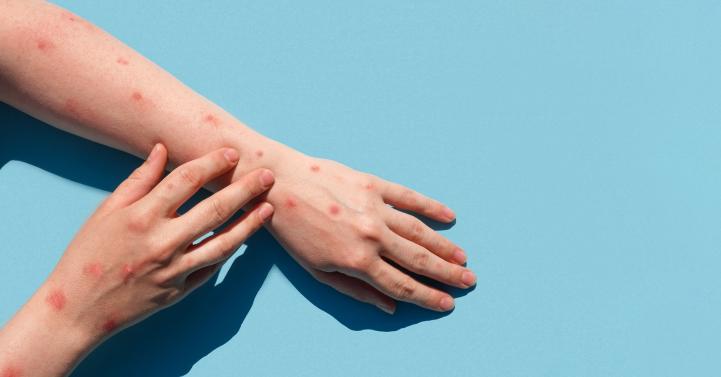
What is Monkeypox?
According to the U.S. Centers for Disease Control & Prevention (CDC), monkeypox is a viral disease in the same family of viruses as the one that causes smallpox, although milder. It can be spread through close contact with a person with monkeypox or touching objects, fabrics, and surfaces that have been used by someone with monkeypox. There is currently an outbreak that has reached several countries and most U.S. states, which is being closely monitored by public health experts.
Cleaning for Monkeypox
People with monkeypox should isolate until recovered. If you are in a household with a person with monkeypox, do what you can to limit exposure, including not sharing potentially contaminated items and using a separate bathroom, if possible. In this situation, cleaning and hand hygiene also play a key role in preventing the spread of this virus.
Hand Hygiene: Frequently wash your hands with soap and water or use an alcohol-based hand sanitizer.
Surface Cleaning and Disinfecting: Clean and disinfect frequently touched surfaces, using an EPA-registered disinfectant. Follow the instructions carefully, including allowing the surface stay wet for the entire contact time indicated on the product label.
Refer to List Q for EPA-registered disinfectant products to use against monkeypox. If you have additional questions about a product's specific effectiveness, reach out to the company that makes the product or check out their website.
Always store products used for cleaning and disinfecting up and out of reach of children.
Laundry: If possible, have the person with monkeypox handle their own bedding, towels, and clothing and launder these items separately. If this is not feasible, wear protective equipment such as gloves and a mask, followed by handwashing.
Dishes: Do not reuse dishes or utensils used by a person with monkeypox until they have been washed in the dishwasher or by hand (wearing gloves), then dried.